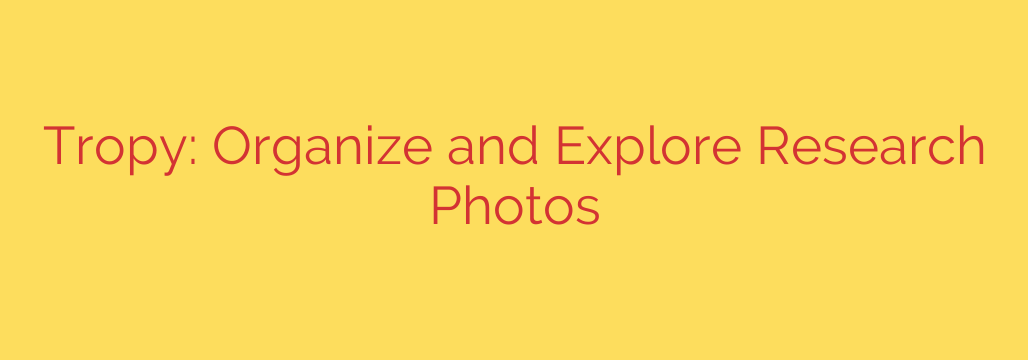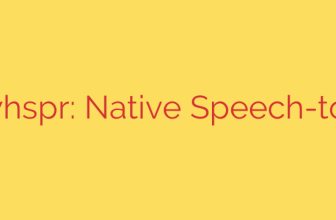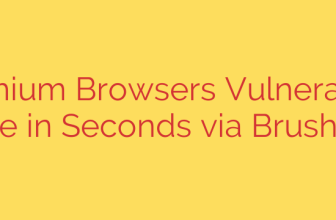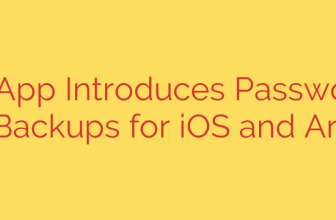
Managing a large collection of photographs for research can often feel overwhelming. Whether you’re working with historical documents, architectural surveys, archaeological finds, or fieldwork observations, keeping track of individual images, their context, and relevant details is crucial for effective analysis and writing. This is where a dedicated tool designed specifically for researchers can make a significant difference.
A powerful application exists to help you organize and explore your research photographs with precision and ease. It’s built to handle the unique needs of academics and researchers working with visual materials.
The core idea is to allow you to bring together all your research images into a structured environment. You can import photos from various sources, whether they are scans of old manuscripts, digital pictures of artifacts, or photographs taken during fieldwork. Once imported, each image becomes an item within your project.
A key feature is the ability to add detailed information to each item. This goes beyond simple file names. You can attach comprehensive metadata, including titles, dates, locations, creators, and any other relevant descriptive fields. This rich description is essential for finding specific images later and understanding their significance. You can also add extensive notes to each item, allowing you to record observations, transcriptions, initial analyses, or reminders related to the image.
To help you manage complex projects, the application lets you organize items into projects and create lists. This allows you to group related images together based on your research structure, whether by collection, topic, chapter, or any other category that makes sense for your work. You can create hierarchical lists for even more granular organization.
Perhaps one of the most valuable features is the ability to make connections between different items. If one photograph depicts an artifact mentioned in another document or shows a building referenced in a different image, you can link these items together. This creates a web of interconnected information, making it easy to jump between related visual sources and explore connections within your research material.
Furthermore, the application allows you to define and manage vocabularies for your metadata fields. This helps maintain consistency in your descriptions, ensuring that terms are used uniformly across your project. Consistent metadata is critical for accurate searching and long-term organization.
When it comes time to use your organized research photos, the application provides export options. You can export your items, metadata, and notes in various formats, making it simple to integrate your work into other tools or share it with collaborators. This flexibility ensures that your organized data is not locked away but can be used effectively in your writing and publications.
This tool is not only powerful but also free and open source, making it accessible to researchers worldwide regardless of institutional budgets. It runs on major operating systems, ensuring compatibility for most users.
In summary, for anyone working with a significant volume of research photographs, this application offers a structured, flexible, and powerful way to keep everything organized, richly described, and easily discoverable. It transforms a potentially chaotic collection of images into a valuable, navigable research asset, empowering you to focus on your analysis and discoveries rather than struggling with file management.
Source: https://www.linuxlinks.com/tropy-explore-research-photos/








